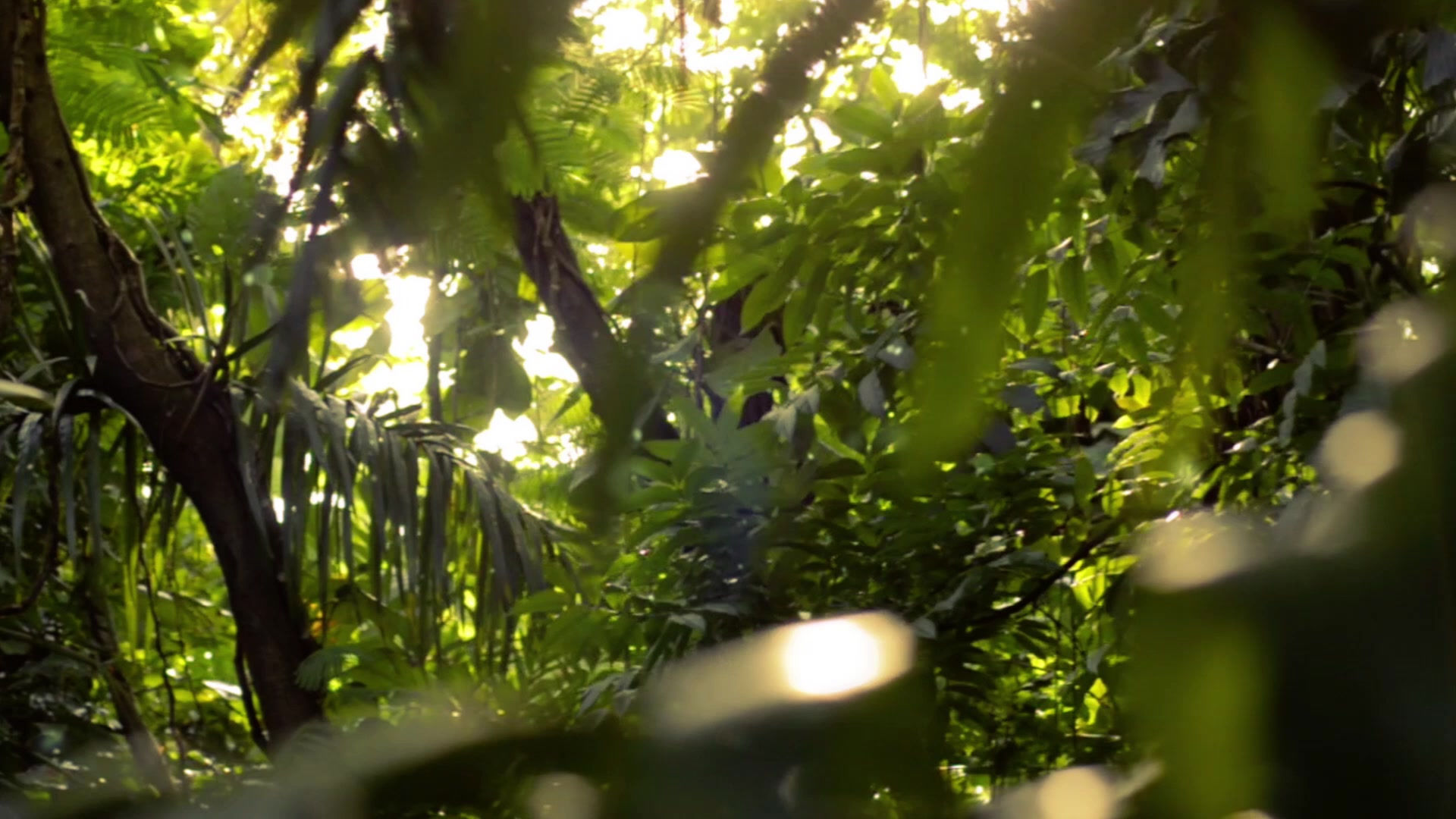
How I Help The World
For any species, they have their values and benefits that could help their habitat, which helps the ecosystem to helping the Earth. Every species, has more than one or two values, such as the bequest value which helps preserve an ecosystem for many more generations to come and remain the same. The biggest for the Southwestern Willow Flycatchers are, they are birds that help to not only keep the riparian corridor blossoming with wildlife and in check but they keep the creeks plants healthy that causes the creek to be healthy and continue to flourish (Jordan, 2015) . The Southwestern Willow Flycatchers diet plays a big role in helping keep the creeks riparian corridors in check. The Southwestern Willow Flycatcher has a diet of what most small birds have; they eat insects such as bees, ants, beetles, butterflies moths etc. By doing so it helps keep the other animals alive and in harmony with not only the Southwestern Willow Flycatcher but many other animals. From the animals to the plants, it all plays a key role in maintaining a healthy creek.
'
Depending on where the Southwestern Willow Flycatchers are in the United States and throughout South America, their animals where they share their habitat, the creek, some of the animals are the jumping mouse, yellow billed cuckoo to the Chiricahua leopard frogs (Jordan, 2015). The Southwestern Willow Flycatchers will stay in any place they can to rest and re-energize while they migrate and mate. Many of the places where they do take a breather are over the United States from East to West and North to South during the summer breeding. As they migrate they will stay in Mexico and throughout the winter in North America (Jordan, 2015). All of the animals range from frogs to fish to insects (bees, wasps, ants, beetles, damselflies butterflies), to a wide variety of birds to deer to antelopes to anteaters to coyotes and so on. Every animals that the Southwestern Willow Flycatchers eat, they help stop and prevent viruses from the insects and bugs from spreading to other ecosystems and other animals obtaining the virus. (Graf, Stromberg, Valentine, 2002) For ages and centuries humans have picked up viruses and diseases from animals, coming into close contact with them, some of the insects that the Southwestern Willow Flycatchers eat are some of the animals that could potentially cause a person to obtain a disease.